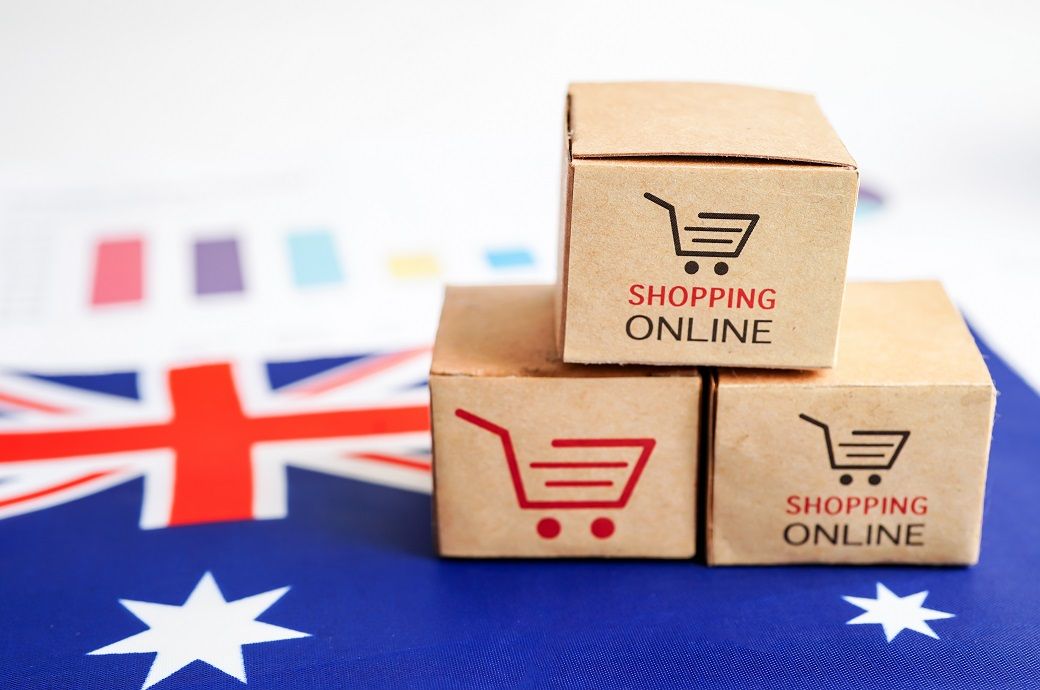
From 2017 to 2022, Australia's e-commerce market witnessed an impressive 113 per cent increase, reaching a total of $53 billion. This growth means that online sales now constitute 12.8 per cent of Australia's total retail spending as of September 2023, according to CBRE's data.
The report also notes a change in the growth rate of online retail trade. While there was a record high of 15 per cent growth in April 2022, during the peak of COVID-19 lockdowns, this rate has since decreased to a three-year low of 12.6 per cent in March 2023. Despite this decline, the market has stabilised at rates significantly higher than the annual average growth of 2.5 per cent recorded over the period from 2017 to 2021.
On a regional level, Victoria stands out as a leader in Australian e-commerce, boasting a current penetration rate of 15 per cent. This highlights the varying degrees of e-commerce adoption across different states.
The report emphasises that location will be a crucial factor for the industry moving forward. As consumer delivery expectations continue to rise, businesses will need to strategically focus on their logistics and delivery processes to meet these evolving demands.
CBRE’s Australian head of industrial and logistics research Sass J-Baleh said, “There are now more consumers buying online, with 82 per cent of Australian households making an online purchase in 2022 versus 73 per cent in 2018. These are now ‘sticky’ consumers, who did not previously purchase online but were forced to during the pandemic and have a continued preference for this style of shopping.”
“Above trend e-commerce penetration rates have also been recorded in emerging e-commerce markets, such as Canada, Spain, Poland, Italy, Portugal and Turkey. However, we have also observed this in the US, where the e-commerce penetration rate is three years ahead of its pre-COVID trend.”
“Fast delivery requires goods to be stored close to consumers in urban infill locations. However, warehouse space is becoming limited in urban areas and land is becoming more expensive. One solution to limited space in urban areas will be the development of multi-storey warehouses to make use of the limited land available, whilst also being more cost-effective,” said CBRE’s South Sydney managing director Nathan Egan.
Fibre2Fashion News Desk (DP)